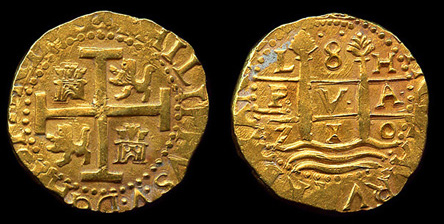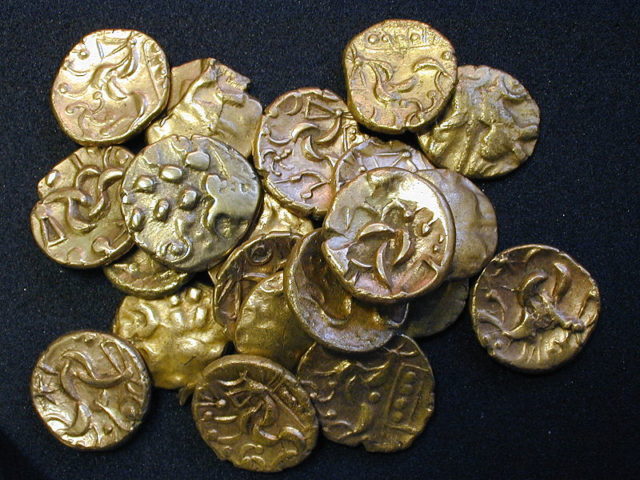Stories of treasure washing up onshore are something residents of Vero Beach, Florida are used to. The area, which is home to a famous Spanish shipwreck of 1715, will now see some of its treasure sold.
Approximately 295 rare Spanish coins, recovered in 2015 from the wreck, off the coast of Vero Beach, Florida are to be put up for sale by a New Orleans investment firm. Blanchard and Company are marketing the sale of historical, 300-year-old rare coins that it is believed will sell quickly.

The tale of 1715 fleet of Spanish merchant ships that wrecked off the coast of Florida is well known. The maritime disaster claimed the lives of as many as 1000 sailors and destroyed 11 ships. The ships were six days into their voyage from Havana, Cuba, heading to Spain when disaster struck.
There were 12 treasure-laden ships that left the New World for Spain but sunk due to a hurricane. 11 ships smashed into the rocks and took the treasure down with it. One of the ships that was salvaged was the Urca de Lima; in 2001 the shipwreck was included in the National Register of Historic Places. The site is also dubbed the first so-called “Museum of the Sea” when it was opened as an archaeological preserve in 1987.

The disaster that occurred on July 31, 1715, brought divers from all over to the area for the 300th anniversary last year. And some divers made the discovery of over 200 coins worth $1 million dollars. It’s unclear whether the Spanish authorities will lay claim to the booty.
In the interim, the coins are being sold by rare coin dealers Blanchard and Company, as well as a California-based company, Monaco Rare Coins. Florida’s treasure coast, where the doomed fleet sank, is popular with many – a walk along the coast could reveal washed up treasure from many a sunken ship, a treasure hunter’s dream.
This find on the 300th anniversary is a big haul. The coins are being sold for between $2,000 and $9,000 each, depending on weight. The expert who helped broker the deal for the coins explained that the coins found by divers last year are not the only coins being sold. Some of the coins were from earlier discoveries in 2010 and 2013, Mail Online reported.
Coins from that era were crudely made as there was no formal mint or press for making them. The coins were hammered into shape in Colombia, Mexico, and Peru. Many were indented from merchants breaking off pieces of the coin to make change; this is how the phrase “pieces of eight” came about.
